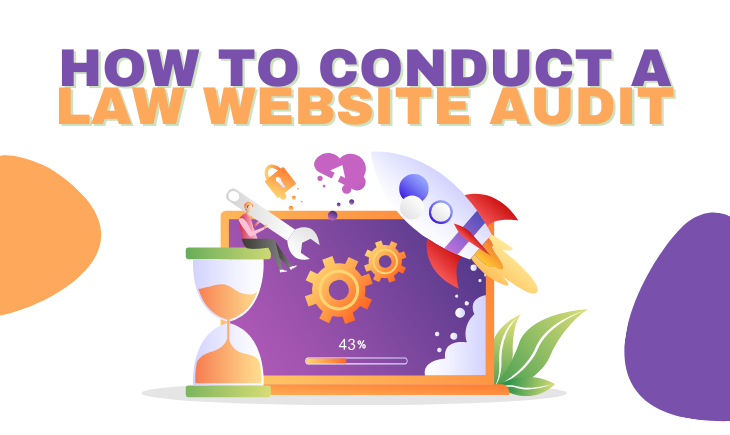A law website audit is a comprehensive review of your site to evaluate its performance, user-friendliness, family law SEO, and security. Conducting a law website audit involves several crucial steps:
1. Performance Assessment
Use tools like Google’s PageSpeed Insights or GTmetrix to analyze the performance of your website. These tools provide information on page load times, server response times, and other crucial performance metrics. A high-performing website should load quickly and run smoothly on desktop and mobile devices. If your site performance is lacking, you may need to optimize images, minify CSS and JavaScript, or upgrade your hosting plan.
2. Family Law SEO Evaluation
Use an SEO tool like Moz, SEMrush, or Ahrefs to review your site’s search engine optimization. Check keyword rankings, meta descriptions, title tags, header tags, alt tags on images, and URL structure. Make sure your content is keyword-optimized and aligned with the latest family law SEO practices. Backlinks should also be assessed for quality. Disavow any low-quality or spammy backlinks that could harm your site’s ranking.
3. Content Analysis
Content is an essential part of a law website. Evaluate your site’s content for relevance, quality, and keyword optimization. Ensure the content provides value to your visitors and is up-to-date with current laws and regulations. Ensure your blog posts, articles, and case studies are properly categorized and tagged for easy navigation.
4. User Experience (UX) Review
Look at your website from the user’s perspective. Is it easy to navigate? Are the menus intuitive? Is the contact information easily accessible? Use tools like Google Analytics to assess bounce rates, page views, time spent on site, and other UX-related metrics. A heat mapping tool, such as Crazy Egg, can also provide insights into user behavior.
5. Conversion Rate Analysis
Evaluate your site’s ability to convert visitors into leads or clients. Are there clear calls to action? Is there a straightforward way for potential clients to contact you or book a consultation? Are you leveraging client testimonials and case studies to build trust and credibility? If your conversion rate is low, you may need to reassess your site’s design and content strategy.
6. Mobile Responsiveness Check
With increasing users browsing on mobile devices, your site must be mobile-friendly. Use Google’s awesome Mobile-Friendly Test to check if your site renders correctly on mobile devices. If not, consider implementing responsive design.
7. Security Check
Law websites handle sensitive information, so security is crucial. Check for an SSL certificate, assess password policies, and consider conducting a security audit to identify any vulnerabilities. Keep your site, plugins, and any third-party software updated to ensure the most up-to-date security patches are applied.
8. Compliance Audit
Law websites must comply with several regulations, including data privacy laws and the Americans with Disabilities Act (ADA). Ensure your site has a clear, accessible privacy policy, complies with ADA guidelines for website accessibility, and meets any other relevant regulations.
Conclusion
In conclusion, conducting a law website audit involves scrutinizing various aspects of your site to identify strengths and areas for improvement. Regular audits can help keep your site optimized, user-friendly, and ahead of competitors in search engine rankings.


